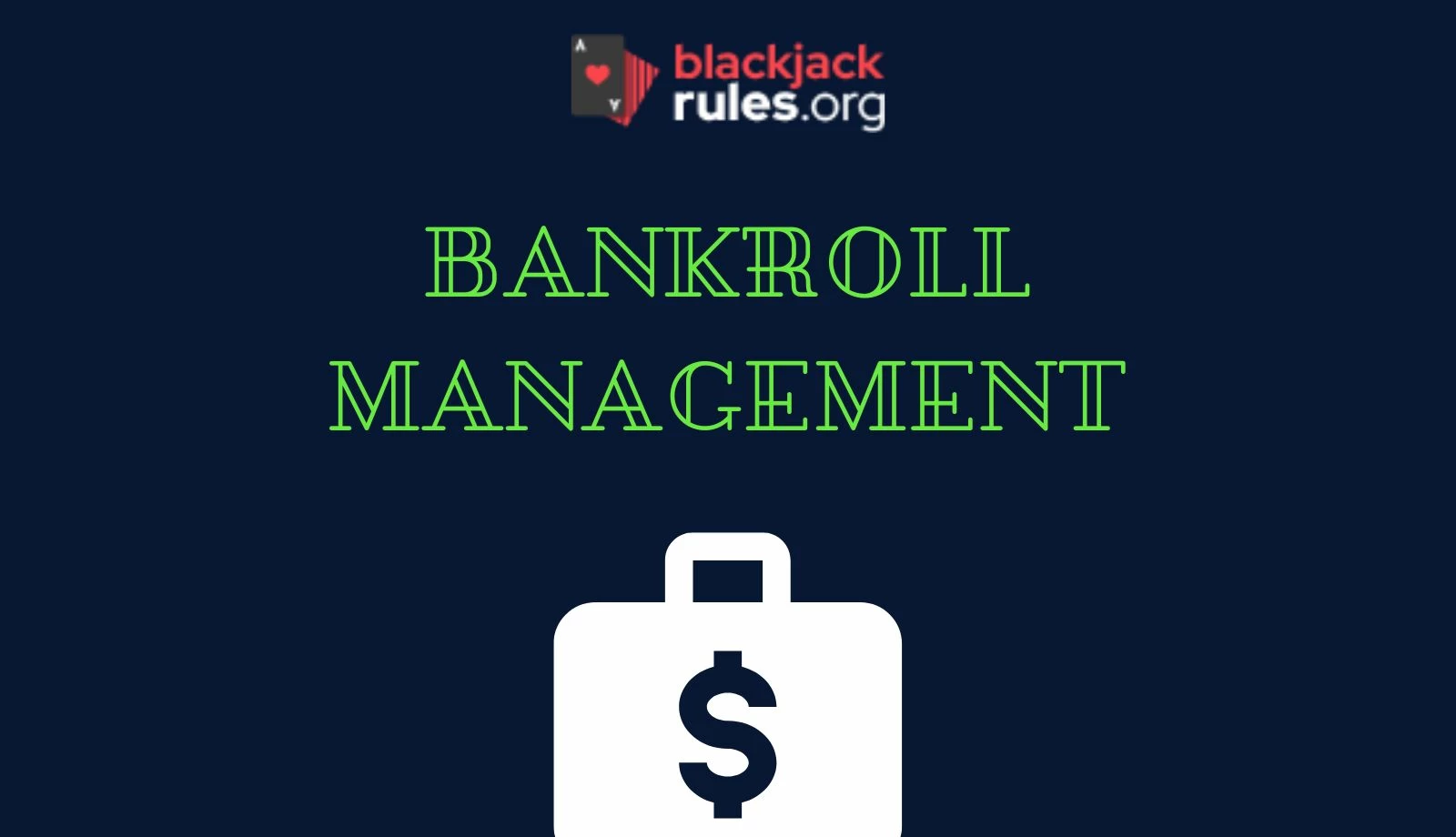Blackjack offers thrilling gameplay, but long-term enjoyment and success hinge not just on knowing the rules or basic strategy, but on disciplined bankroll management.
This is the practice of managing the funds you set aside for playing, ensuring you can weather losing streaks, play responsibly, and maximize your time at the tables. Whether you’re a casual player or a professional, mastering these principles is crucial.
1. Define Your Blackjack Bankroll
Your bankroll is the total sum of money specifically designated for playing blackjack. This cannot be stressed enough: it must be money you can comfortably afford to lose. Never dip into funds needed for rent, bills, groceries, or other essential life expenses. Think of it as your entertainment budget for blackjack.
Within this, it’s helpful to distinguish between:
- Total Bankroll: The entire amount you’ve allocated for blackjack over a longer period. This is often kept separate from your day-to-day finances.
- Session Bankroll: The portion of your total bankroll you bring to the table for a single playing session.
2. Determine the Right Bankroll Size
How much money do you need? This depends heavily on your goals and betting levels.
- For Recreational Players: The goal is usually to enjoy the game and make the funds last. A common guideline is:
- Session Bankroll: At least 50 times your typical minimum bet. (e.g., If you play at a $5 minimum table, bring at least $250 for that session).
- Total Bankroll: At least 150 times your typical minimum bet. (e.g., For $5 minimum bets, a total bankroll of $750 provides a decent cushion).
- For Professionals / Card Counters: The goal is to profit while minimizing the Risk of Ruin (the probability of losing the entire bankroll). Due to bet variation and the need to withstand significant swings, a much larger bankroll is required. Many professionals aim for:
- Total Bankroll: 1,000 times the table minimum bet (or their average bet). This aims to keep the Risk of Ruin extremely low, often around 1-2%. (e.g., $10,000 for playing $10 minimum tables, potentially varying bets higher when the count is favorable).
Here’s a quick reference based on these guidelines:
| Minimum Bet | Recommended Session Bankroll (Recreational, 50x) | Recommended Total Bankroll (Recreational, 150x) | Recommended Total Bankroll (Professional, 1000x) |
|---|---|---|---|
| $5 | $250 | $750 | $5,000 |
| $10 | $500 | $1,500 | $10,000 |
| $25 | $1,250 | $3,750 | $25,000 |
| $100 | $5,000 | $15,000 | $100,000 |
Export to Sheets
3. Smart Bet Sizing and Risk Management
Simply having a bankroll isn’t enough; you need to manage your bets relative to it.
- Keep Bets Small: A fundamental rule is to never risk a large portion of your bankroll on a single hand. A common recommendation is to keep individual bets at or below 3% of your session bankroll.
- Proportional Betting: Ideally, adjust your bet size relative to your current bankroll. If your bankroll increases, you might slightly increase your base bet. If it decreases, you should lower your bets. This helps protect you during losing streaks and allows you to capitalize moderately during winning ones.
- Understanding Risk of Ruin (RoR): This is the statistical chance of losing your entire dedicated bankroll. The larger your bankroll is relative to your average bet size, the lower your RoR. Professional players meticulously calculate this, often using software, to balance potential profit with an acceptable level of risk.
4. Practical Tips for Effective Bankroll Management
- Set Limits and Stick to Them: Before each session, decide on a maximum amount you’re willing to lose (loss limit) and potentially a target amount you’d be happy winning (win goal). Walk away when you hit either limit.
- Always Use Basic Strategy: Playing optimally minimizes the inherent house edge, making your bankroll last longer by reducing expected losses over time.
- Seek Favorable Rules: Choose tables with player-friendly rules like a 3:2 payout for Blackjack (avoid 6:5), dealer standing on soft 17, and liberal doubling/splitting rules. These slightly reduce the house edge.
- Consider Table Speed: Playing at fuller tables generally means fewer hands dealt per hour. This reduces your exposure to the house edge over time, helping preserve your bankroll.
- Leverage Comps and Promotions: Take advantage of casino loyalty programs, free play offers, or bonuses. These provide extra value and can help offset losses.
- Avoid Chasing Losses: Never increase your bets drastically simply to win back money you’ve lost. This is a common way players deplete their bankroll quickly. Stick to your predetermined bet sizing and limits.
Conclusion: Discipline is Key
Proper bankroll management is the bedrock of responsible gambling and sustained play in blackjack. It requires discipline to set aside appropriate funds, size your bets correctly, set limits, and avoid emotional decisions like chasing losses. By adhering to these principles, you protect yourself from significant financial harm, extend your playing time, and give yourself the best foundation for enjoying the game of blackjack, win or lose.



